Waterfront at Mojiko Port
The moment you enter Mojiko Port, you feel like you have travelled back in time to the 20th century. Mojiko (Moji Port) has acted as a hub for international trading since its inauguration in 1889, alongside its counterparts in Kobe and Yokohama. It is located at the North-eastern part of Kyushu, in close proximity to Japan’s main island of Honshu. The area boasts many exotic and historical red-brick buildings which hark back to its golden days as an international port. The historic waterfront has also been chosen by filmmakers as a filming location.
A walk just a moment from the station, I went up to the Mojiko Retro Observation Room on the 31st floor of the apartment building for a good view courtesy of the prestigious architect Kisho Kurokawa. At 103 meters above sea level, the room commands a panoramic view of Mojiko town as well as the Kanmon Strait, which separates Honshu and Kyushu. The ticket price is 300 yen for adults and 150 yen for secondary and primary school students.
Exotic red-brick old buildings
Bird’s eye view of Mojiko Port from the Mojiko Retro Observation Room
Kanmon Strait as seen from the Mojiko Retro Observation Room
Musing by museums and admiring the old structures around the port, a half-open drawbridge caught my attention. This drawbridge is called Blue Wing Moji. I thought the bridge was drawn up to provide clearance for boat traffic but I was wrong. The man on duty by the bridge told me the drawbridge opened and closed six times a day to serve mainly sightseeing purposes. Apparently, Blue Wing Moji is one of Mojiko’s tourist attractions. Indeed, the drawn-bridge attracted the attention of a large number of tourists. It took 20 minutes to draw up and let down the bridge.
Blue Wing Moji – the drawbridge
Following my slight distraction by the bridge, my attention went back again to the old buildings. After reading the descriptions on the guide map of the town, I decided to pay a visit to both the former Moji Customs Building and the Kyushu Railway History Museum. The former, which was built in 1912, exhibits counterfeit brand-name products intercepted by the customs office, and creative ways drug traffickers used to hide drugs. Admission is free for this building.
My train fascination as a tecchan, or railway maniac, naturally let me spend considerable time at the railway museum. Inside, I was greeted with a range of retired trains, which you could get on and even take a seat within. The most exciting experience was, of course, trying my hand at operating a train through a simulator. And believe me, it is more difficult than you imagine. I managed to miss a train station by a large margin, having failed to apply the brake early enough.
Inside former Moji Customs Building
Kyushu Railway History Museum
Train operator simulation inside Kyushu Railway History Museum
Do not forget to try yakikare or baked curry, the signature food of Mojiko, before you leave. Itadakimasu!
Mojiko Retro Observation Room
Access: Walk five minutes from JR Mojiko Station.
Address: Higashiminatomachi, Moji Ward, Kitakyushu, Fukuoka Prefecture 801-0853
Hours: 10:00-22:00 (Reception closes at 21:30)
Admission: Adults – 300 Yen; Children(0-12 years old) – 150 Yen
Blue Wing Moji
Access: Walk five minutes from JR Mojiko Station
Address: Minatomachi, Moji Ward, Kitakyushu, Fukuoka Prefecture 801-0852
Hours: Bridges raise: every hour from 10:00 to 16:00
Bridges lower at: 10:20, 11:20, 13:20, 14:20, 15:20 and 16:20.
Admission: N/A
Moji Customs Building
Access: Walk five minutes from JR Mojiko Station (on the main JR Kagoshima line)
Address: 1-5-31, Moji-ku Nishikaigan, Kitakyushu City 801-0841 (Moji Retro Town)
Hours: 9:00-17:00
Admission: Free
Kyushu Railway History Museum
Access: Walk five minutes from JR Mojiko Station (on the main JR Kagoshima line)
Address: 1-5-31, Moji-ku Nishikaigan, Kitakyushu City 801-0841 (Moji Retro Town)
Hours: 9:00-17:00 (Last admission at 16:30); Closed the third Wednesday of every month/second and third Wednesday of July/no closing days in August
Admission: Adults – 300 Yen; Children(0-12 years old) – 150 Yen
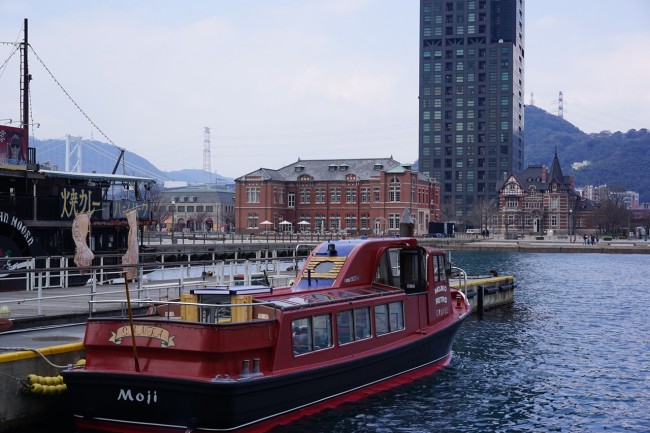
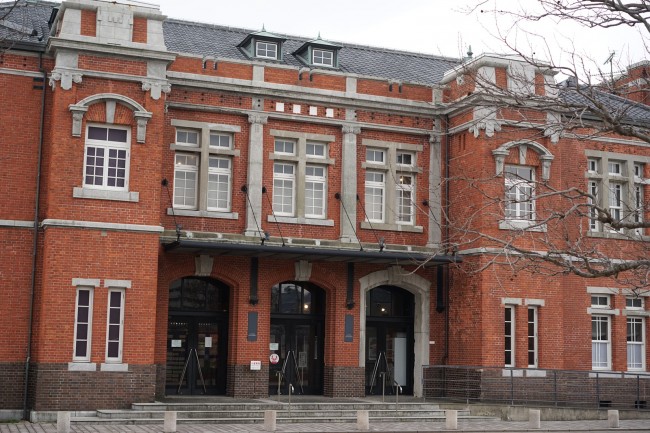
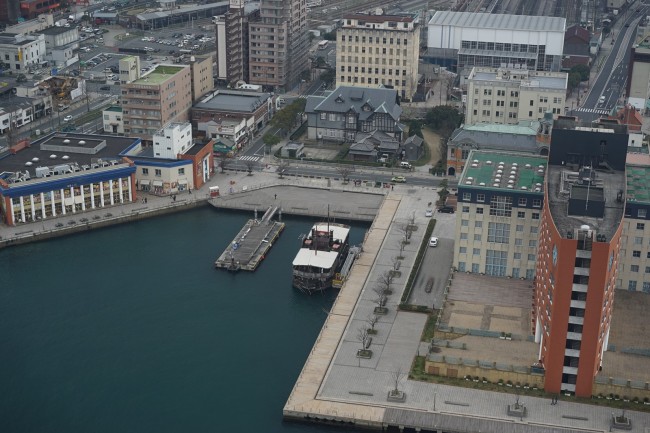
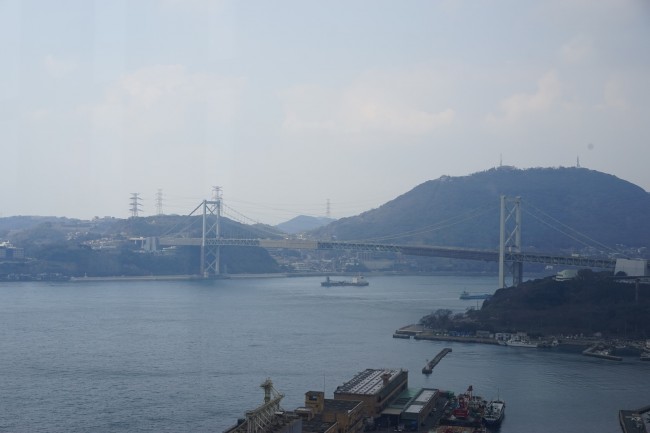
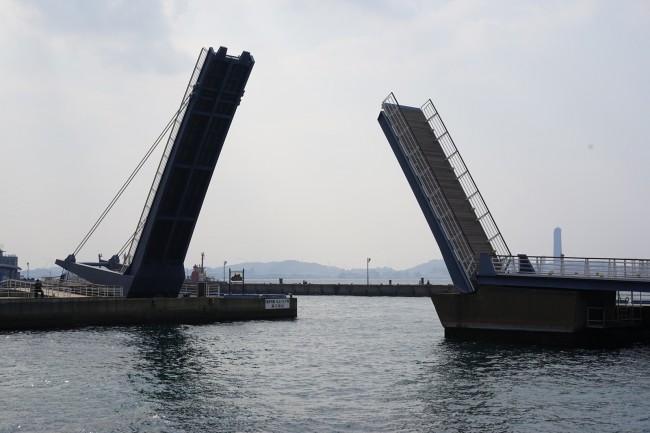
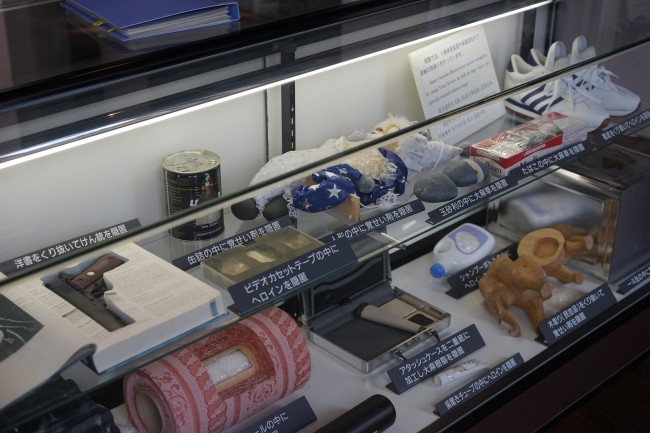
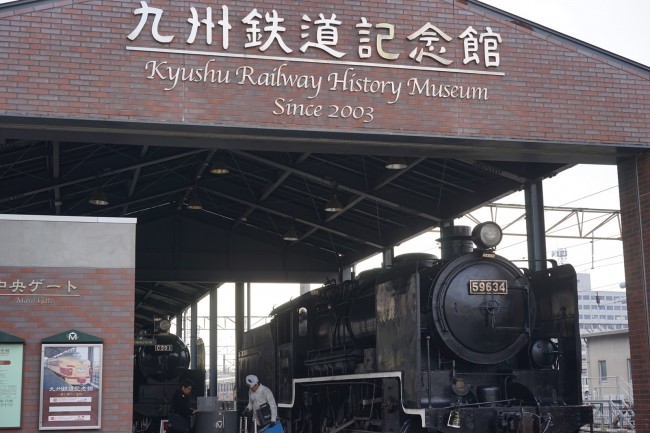
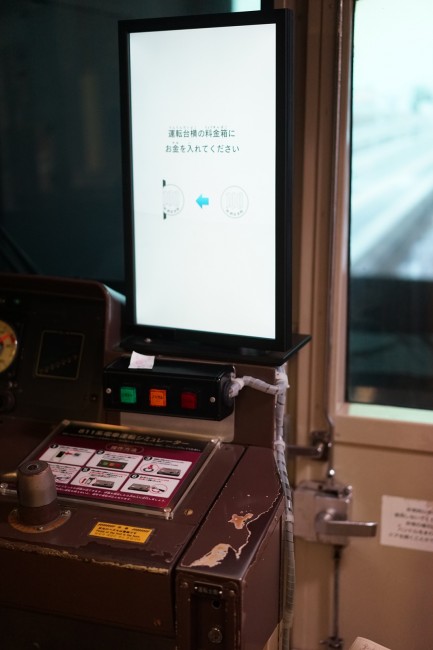
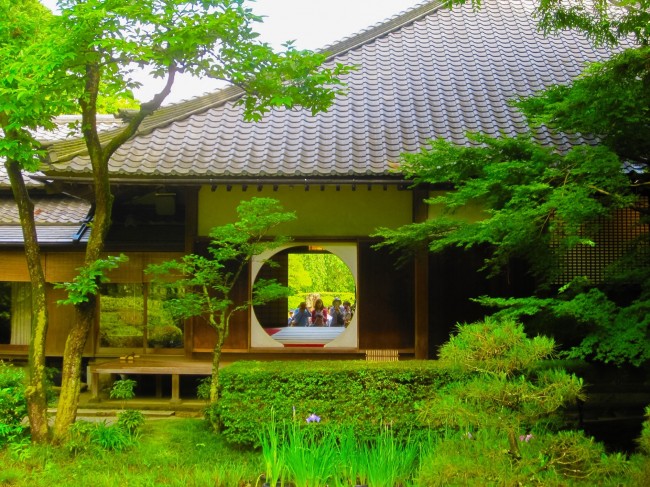
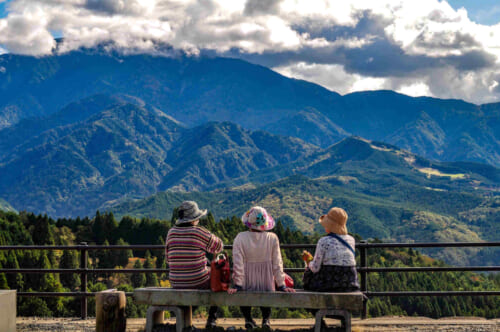
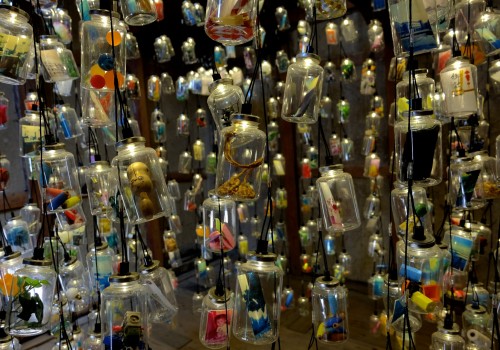
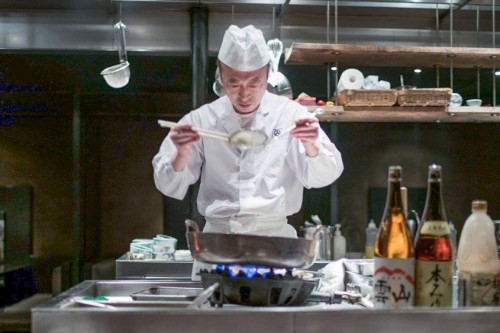



No Comments yet!